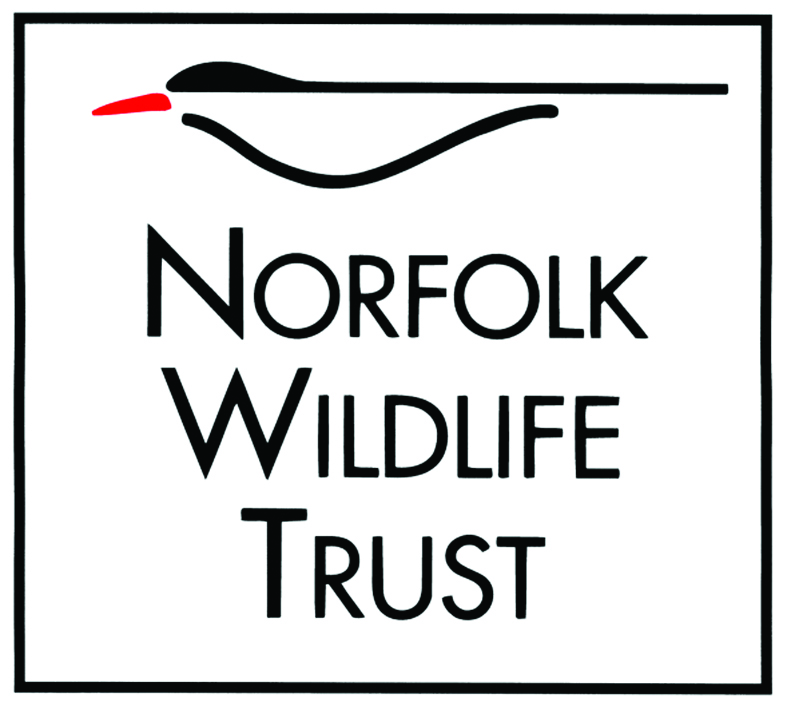Search
Search
Global technology company in Diss invests in Norfolk's wildlife
One of the largest employers in South Norfolk has shown its support for Norfolk's nature by joining Norfolk Wildlife Trust's corporate members scheme this month.
Norfolk Wildlife Trust travels back to the Ice Age to support wildlife
Norfolk Wildlife Trust excavates rare 'ghost pingo' ponds dating back to the Ice Age to restore wildlife-rich habitat to Norfolk.
Winter wildlife on the North Norfolk coast
The beautiful North Norfolk coast is an internationally important winter refuge for wildlife, and a visit this time of year can be an inspiring experience says Norfolk Wildlife Trust Reserves…
Norfolk hawker
The rare Norfolk hawker is a pale brown dragonfly, with a distinctive yellow triangle on its body. Until recently, it was only found in unpolluted fens, marshes and ditches of the Broads National…
New report highlights need for urgent action to save Norfolk's nature
Today, alongside leading wildlife organisations, we are publishing a landmark State of Nature 2023 report. It shows that nature is continuing to decline at an alarming rate across the UK, which is…
NDR Western Link: Norfolk Wildlife Trust will object
Norfolk Wildlife Trust will strongly object to any planning application for the Western Link and has written to the Department for Transport to raise its concerns over unacceptable wildlife…
Norfolk Wildlife Trust gives nature a voice
£210,000 boost for west Norfolk's wetland wildlife
Norfolk Wildlife Trust opens the new year with an exciting new project making vital improvements to rare wildlife-rich wetlands near Kings Lynn.
My haven
I was privileged to be able to be a volunteer at the start of the Skylarks project. It was my way of “pay back” for all the time I had used Skylarks Nature Reserve before Nottinghamshire Wildlife…
